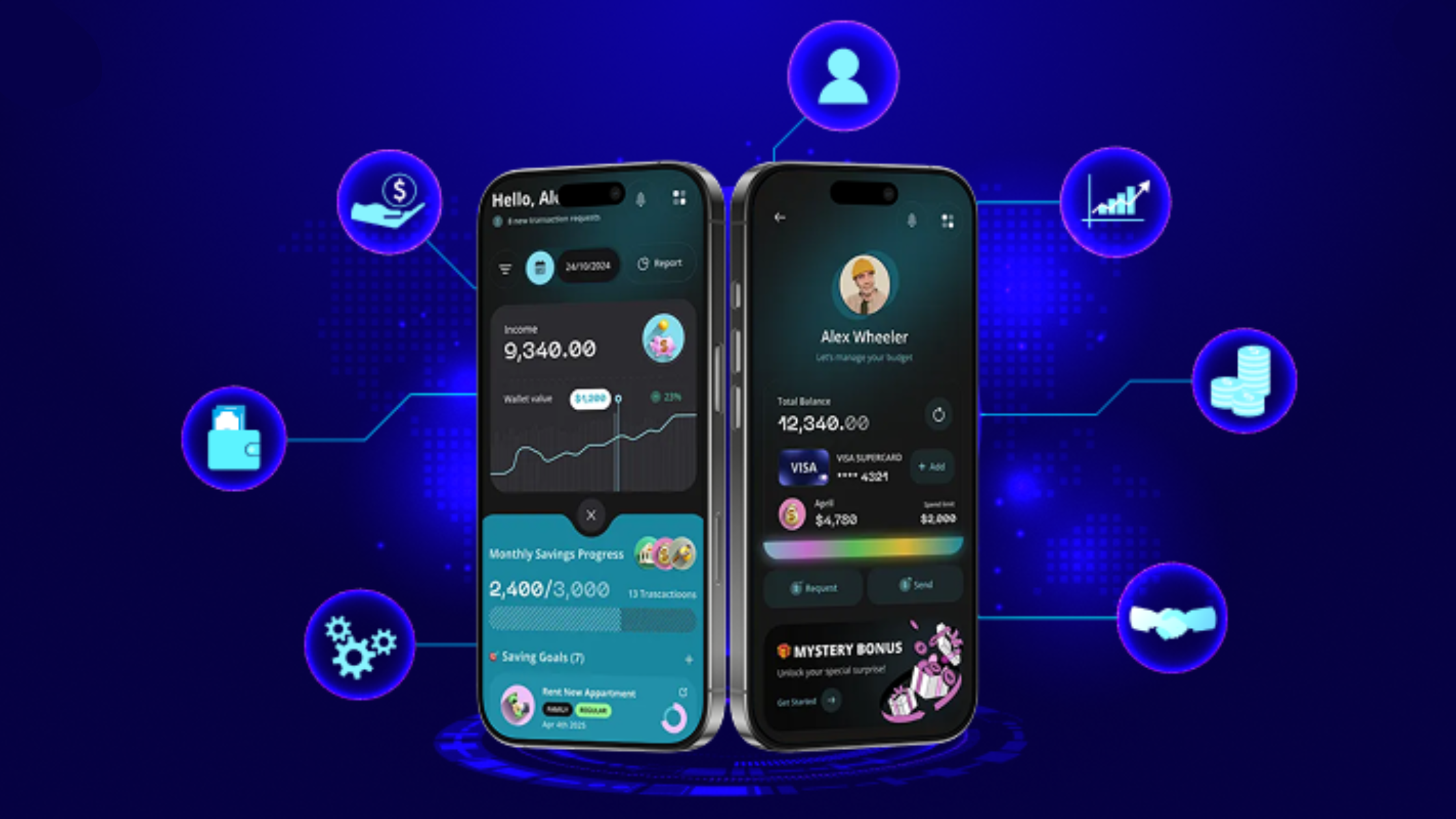Have you ever landed on a website or opened an app and thought, “Wow, this just feels right”? Everything flows smoothly, it’s easy to find what you need, and before you know it you’ve signed up, made a purchase, or scheduled a service. That, right there, is the magic of good UX.
User experience (UX) and user interface (UI) design aren’t just buzzwords. They’re the secret sauce behind the digital products that grab our attention and keep us coming back for more. Whether you’re running a website, mobile app, or any digital platform, good UX is what turns casual visitors into loyal users and loyal users into brand advocates.
Lets explore how good UX/UI design not only increases conversions but also builds long-term brand loyalty. We’ll break down what UX/UI really means, why it matters, and how you can harness it to grow your digital presence.
What is UX and UI Design?
- UX (User Experience) is all about how a person feels when they interact with a product or service. It involves everything from usability and navigation to emotional satisfaction.
- UI (User Interface) emphasizes the appearance and design the visual components such as buttons, fonts, spacing, and color schemes..
The ultimate goal of most websites and apps is conversion whether that’s a sale, sign-up, subscription, or download. Here’s how good UX plays a major role:
Think of UX as the journey and UI as the map. Together, they create an experience that either frustrates or delights the user.
Why Does Good UX Matter for Conversions?

1. Smooth User Journeys Eliminate Friction
When users can easily find what they’re looking for, they’re far more likely to complete a desired action. A clean layout, simple navigation, and smart use of CTAs (calls to action) guide users effortlessly from point A to point B.
Consider going to a website that sells skincare items, for instance. You’re far more likely to make a purchase when there are simple to use filters, crisp product photos, a simple checkout process, and a quick loading time. That is a direct result from good UX.
2. First Impressions Build Trust
A sleek, professional design immediately signals credibility. Users may leave your site in a matter of seconds if it appears cluttered, out-of-date, or unclear. But a clean and modern UI gives users the confidence that your brand is legitimate and reliable.
3. Accessibility Expands Your Audience
Good UX considers users of all abilities. By designing with accessibility in mind—contrast ratios, readable fonts, screen reader compatibility—you’re not just being inclusive; you’re also opening your product to a wider audience, increasing your chances of conversions.
4. Reduced Bounce Rate = Higher Conversions
If users land on your site and quickly leave, you’re missing opportunities. Greater visits, more exploration, and ultimately action are all encouraged by a good UX.
5. Faster Load Times Keep Users Engaged
Nobody likes to wait. A well-optimized site with fast loading times reduces frustration and keeps users engaged. According to Google, a one-second delay can reduce conversions by 7% just imagine the impact over time.
How Good UX Builds Brand Loyalty
Converting a new user is great, but keeping them around? That’s where brand loyalty comes in. A great UX doesn’t stop after a single interaction; it creates a lasting impression that brings users back.
1. Consistency Builds Familiarity
Consistent UI design from colors and fonts to layout and messaging makes your brand instantly recognizable. When users see the same tone and feel across all your touchpoints, it builds a sense of familiarity and trust.
2. Personalized Experiences Matter
A personalized UX (like product recommendations, saved preferences, and localized content) shows that you understand your user. Over time, this emotional bond increases brand loyalty.
3. Positive Emotions Drive Engagement
Customers are more likely to return when they have a positive experience using your goods. Microinteractions, animations, and thoughtful feedback mechanisms make users feel good—and good feelings lead to strong brand associations.
4. Self-Service Reduces Frustration
Good UX design enables users to help themselves. Whether it’s a smart search bar, intuitive FAQs, or helpful onboarding tips, users appreciate when they can solve problems without reaching out for support.
5. Community Features Encourage Belonging
Creating spaces for user reviews, discussions, or social sharing within your UX increases engagement and makes users feel like they’re part of something bigger than just a product.
Common UX Mistakes That Hurt Conversions
Understanding what not to do is just as important as knowing best practices. Here are a few common UX pitfalls to avoid:
- Too many options: Decision paralysis leads users to bounce.
- Poor mobile experience: With mobile traffic dominating, your design must be responsive.
- Inconsistent UI elements: Inconsistency confuses users and erodes trust.
- No feedback or error messages: Users feel lost without guidance.
- Complex navigation: Users will abandon a site if they are unable to get what they need quickly.
Tips to Improve Your UX Starting Today
Improving UX doesn’t have to mean a complete overhaul. Here are practical steps you can take right now:
- Conduct User Testing – Watch actual users engage with your product. Make a note of the things that irritate or perplex them.
- Simplify Navigation – Limit menu items and clearly label buttons.
- Use White Space – Don’t be afraid to let your design breathe. It helps focus attention.
- Make CTAs Clear – Use strong action verbs and place CTAs where users expect them.
- Optimize for Mobile – Test your site across different devices and screen sizes.
- Track User Behavior – Use tools like Hotjar, Google Analytics, or Crazy Egg to learn where users click, scroll, or drop off.
The Role of Empathy in UX Design
One of the most underrated elements of good UX is empathy. When you truly understand your user’s pain points, goals, and motivations, you can design experiences that resonate deeply. Great UX isn’t just functional it feels human.
Ask yourself:
- What problems is the user trying to solve?
- How can I make this easier or more enjoyable for them?
- Where might they get confused or frustrated?
Design with these answers in mind, and your users will feel like you “get” them and that’s the foundation of brand loyalty.
Looking Ahead: The Future of UX
As technology evolves, so do user expectations. Here are a few trends shaping the future of UX:
- AI-Powered Personalization – Delivering smarter, context-aware experiences.
- Voice User Interfaces (VUIs) – Integrating voice commands into digital journeys.
- Augmented Reality (AR) UX – Blending digital and physical for immersive interactions.
- Dark Mode and Accessibility First – Designing for comfort and inclusivity.
- Ethical UX – Respecting user privacy, data transparency, and digital well-being.
Conclusion
Good UX isn’t just about looking good it’s about feeling right, functioning seamlessly, and connecting emotionally. When done well, it naturally increases conversions by removing friction, guiding users, and delivering what they need with minimal effort.
But its power goes beyond conversions. It nurtures lasting relationships with users, turns one-time visitors into loyal fans, and transforms digital experiences into brand love stories.
If you’re ready to make UX a priority, start small, test constantly, and always design with empathy. Because in the end, good UX is good business.







